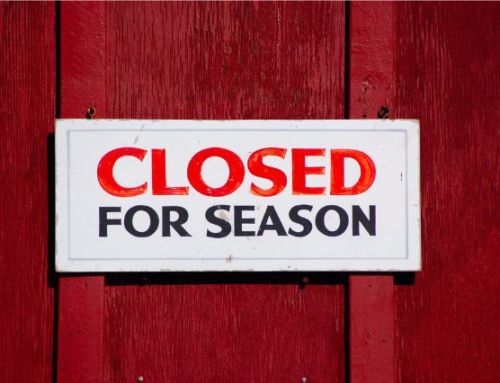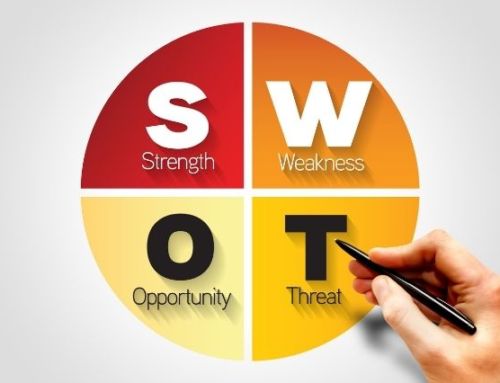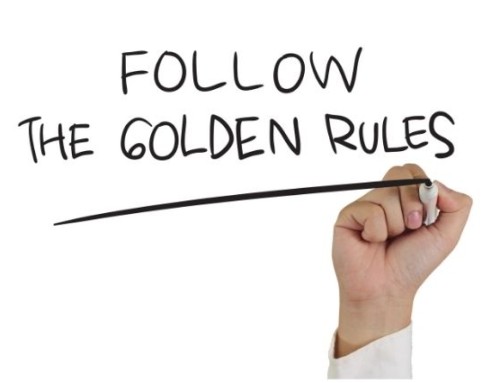Every small business owner is looking for ways to improve their business, whether it’s to increase new sales, grow their brand awareness, or enter new markets to find new clients. One of the best ways to do this is through marketing. The best way to intelligently plan for marketing to ensure you’re getting the best ROI for your efforts is to start with a marketing strategy.
Where to start?
The thought of creating a marketing strategy plan can seem daunting, but it can be very simple to start. The first step to marketing strategy creation is to identify a few key areas that you need to understand in order to create a good and effective plan that you can follow. Below are a few areas to consider to get started.
Determine your target audience
Identifying your target market can be more difficult than you might think but once you go in the right direction, it will become clear. When you’re first starting out, ANY business is good business as you try to bring revenue in the door. Over time, you will discover that not every client is going to be a good fit for you. To avoid spending a lot of time marketing to the wrong audience, try to understand who your true target audience is. Who is your ideal client? Here are a few questions to ask yourself:
- What industries are ideal for my product or service?
- Am I targeting B2B or B2C industries?
- What’s an annual budget range my ideal client would have to spend with my company
- What kind of problems would my product or service be able to solve?
The more questions you can answer regarding your target audience, the better you will become at determining your ideal customer
Who are your top competitors?
While no one may do exactly what you do, other companies may be similar enough to lure away customers that could potentially be yours; these may be your top competitors. In other words, which companies are attracting clients who could be a good fit for your products or services? It’s not always obvious who your competitors are. Below are a few bullets to help you start identifying who your competitors are:
- Which companies offer the same products are services as you? These are your direct competitors.
- Which companies offer products or services that could be an alternative to what you offer? These are your indirect competitors.
Competitors can be any company to who you lost business to when trying to acquire a new client. They could be anyone who is attracting traffic to their website over yours, even if you don’t feel they can compete with you.
What is your unique selling proposition (USP)?
Also known as your unique value proposition (UVP), it’s what makes your product or service unique from what everyone else has. When going through this exercise, don’t list all the features of your products or services; what makes you unique is going to be the benefits of your small business. Benefits speak to your clients; they are what address the needs or problems that your customers have. What makes your small business offerings unique to customers? Establishing a persuasive UVP is going to go a long way in creating a marketing strategy that will help your business grow.
The time to start a plan is now
The three considerations addressed above are just the starting point to creating a good marketing strategy plan. The key is to start a marketing strategy plan to help you plan your marketing efforts. Marketing takes time, money, and a lot of effort. One of the best ways to effectively do small business marketing is to develop a strong marketing plan. This plan will ensure you’re marketing efforts are in line with your target audience, elevate you above your competition, and highlight your unique value proposition to your customers. Still feel like you need help creating an effective small business marketing strategy? Work with Strategic Marketing Services! We have been creating marketing strategies for small businesses for years and can help your business too!
- Marketing Tactics That Your Small Business Can Do for Free - January 10, 2024
- How to Create Images for Your Small Business Website - December 6, 2023
- How Small Businesses Benefit from Referrals - November 6, 2023





